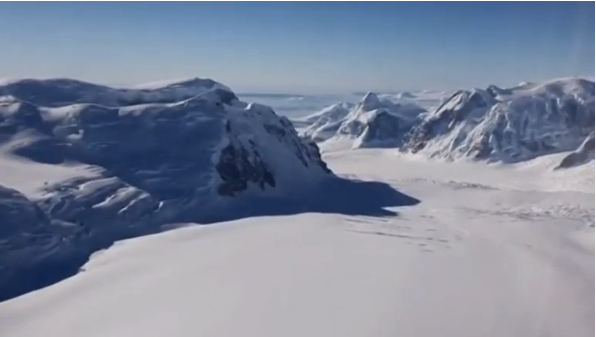
REUTERS — The Antarctic Peninsula, among the fastest warming places on Earth last century, has since cooled due to natural swings in the local climate, scientists said on Wednesday (July 20), adding that the respite from the thaw is likely to be brief.
Rapid warming until the late 1990s on the peninsula, which snakes up towards South America, triggered the break-up of ancient ice shelves, which are vast expanses of ice floating on the sea at the end of glaciers, and declines in some penguin colonies.
But a shift to colder winds and more sea ice since then have brought a chill to the region despite the build-up of greenhouse gases in the atmosphere, the scientists wrote in the journal Nature.
The increase of greenhouse gases is being overwhelmed in this part of the Antarctic by natural variations in the local climate, said lead author John Turner of the British Antarctic Survey (BAS). He said that they did not believe global warming had stopped and we’re wanting to highlight the complexity of climate change.
Since about 1998, local air temperatures have fallen about 0.5 degree Celsius (0.9 Fahrenheit) a decade, roughly the rate at which they had previously been warming since about 1950.
Stabilisation of the ozone hole over Antarctica, which shields the planet from ultra-violet rays and has been damaged by man-made chemicals, may partly explain the shift in winds that led to the cooling, the study said.
But the build-up of greenhouse gases, mainly from the global burning of fossil fuels, means the cooling may be just a blip in a corner of Antarctica. Temperatures were likely to start rising again and could gain by 3-4C (5.4-7.2F) by 2100, said Turner.
At a Paris summit in December, almost 200 governments agreed the strongest deal yet to rein in global warming, aiming to phase out fossil fuels by 2100. U.S. Republican presidential nominee Donald Trump, who does not believe in man-made warming, says he would pull out if elected.
On the Antarctic Peninsula, about 10 ice shelves, from the Jones to the Wilkins, have retreated sharply or disintegrated in recent decades.
The splintering of the Larsen B ice shelf in 2002 inspired the opening scene of a Hollywood disaster movie about climate change, “The Day After Tomorrow”, where a vast crack destroys a U.S. scientific camp.
In the real world, the worry is that far bigger ice shelves further south in Antarctica will also break up, allowing vast glaciers to slide more quickly into the sea and add to a rise in ocean levels.








